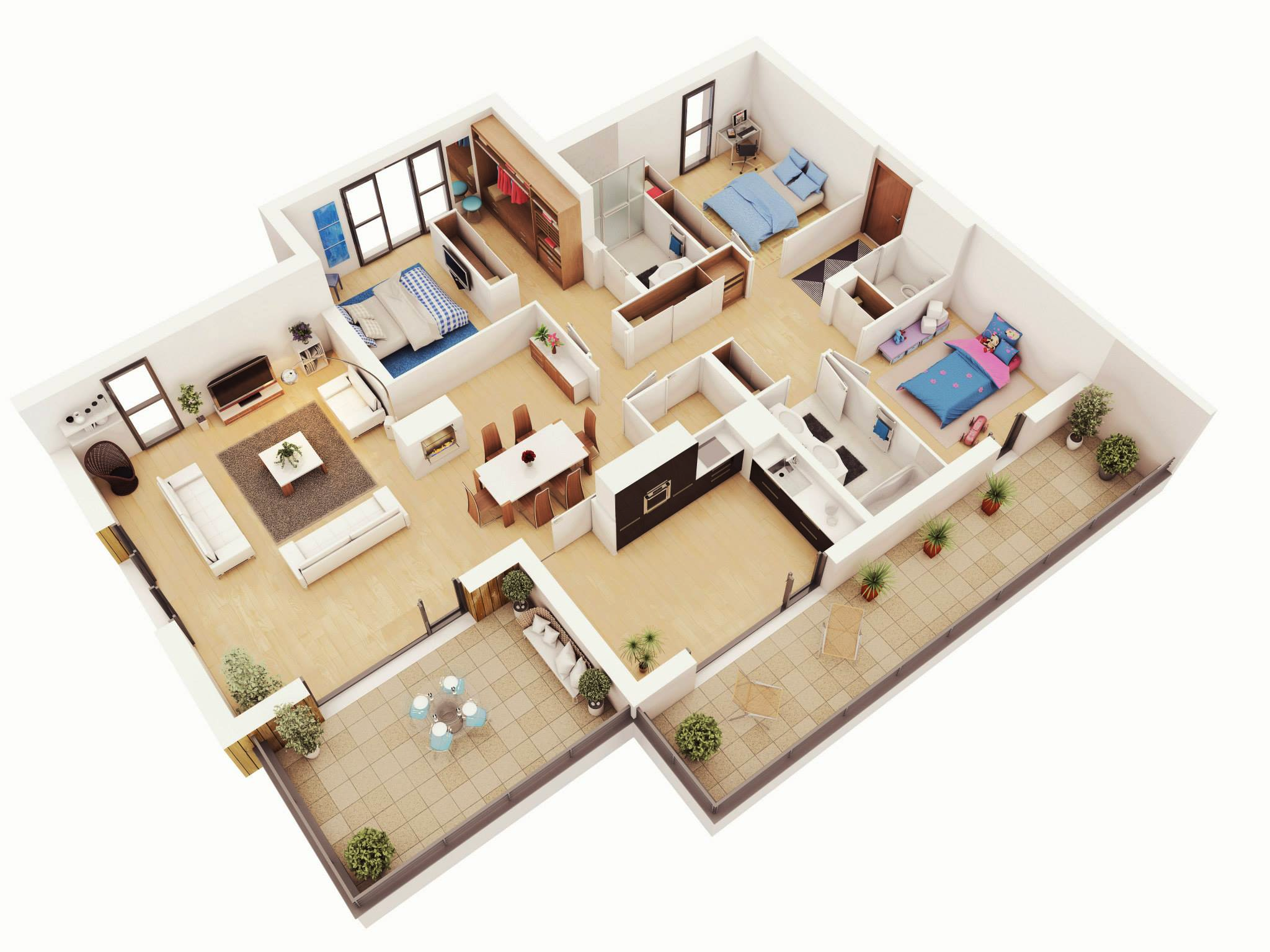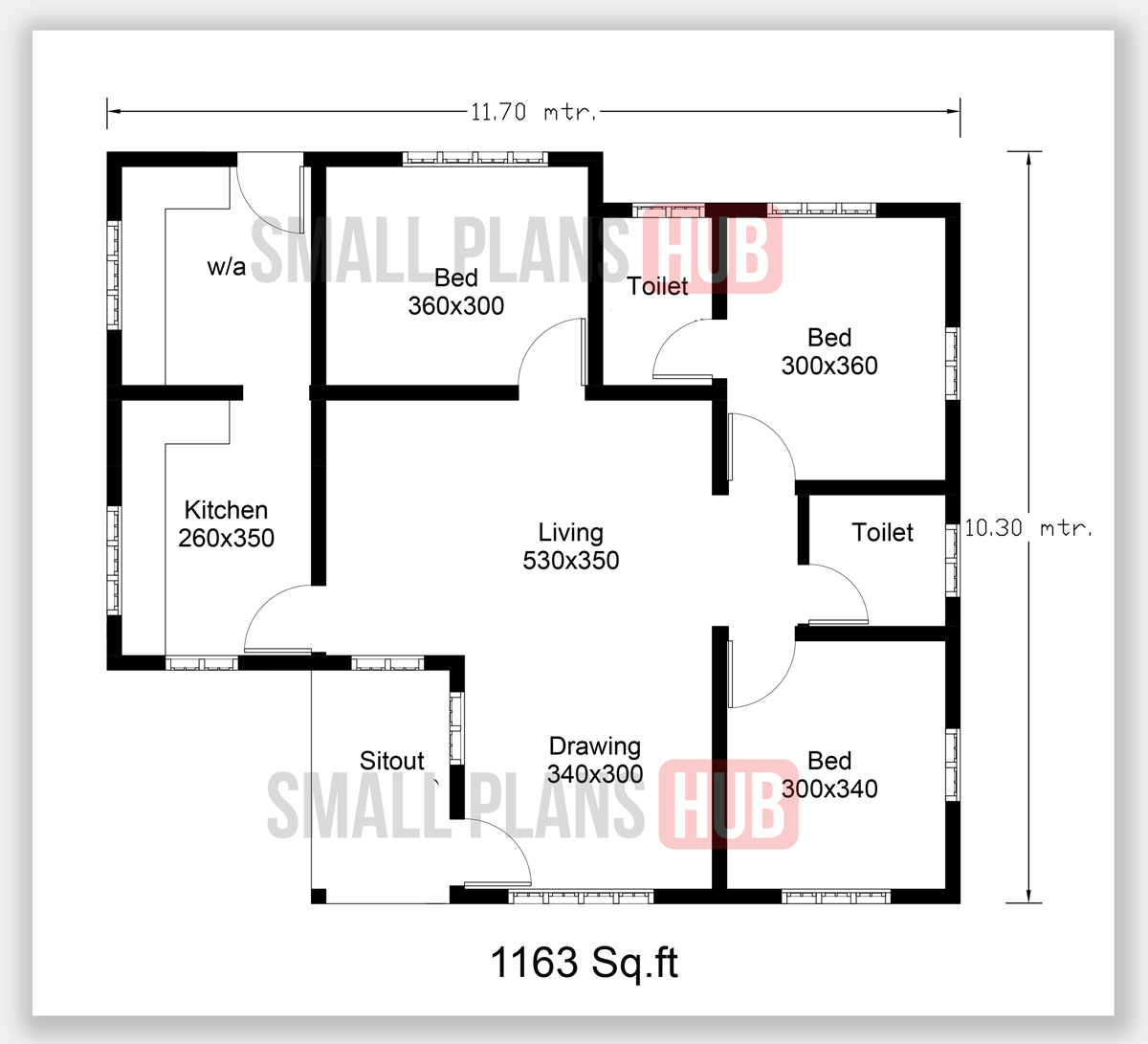Average Square Footage by Region

The average square footage of a 3-bedroom home can vary significantly across different regions of the United States. This variation is influenced by a multitude of factors, including local housing markets, land costs, building regulations, and cultural preferences.
Average Square Footage by Region
The table below provides an overview of the average square footage of 3-bedroom homes in different regions of the United States.
| Region | Average Square Footage |
|---|---|
| Northeast (Urban) | 1,800 – 2,200 sq ft |
| Northeast (Suburban) | 2,000 – 2,500 sq ft |
| Northeast (Rural) | 1,500 – 2,000 sq ft |
| Midwest (Urban) | 1,700 – 2,100 sq ft |
| Midwest (Suburban) | 1,900 – 2,400 sq ft |
| Midwest (Rural) | 1,400 – 1,900 sq ft |
| South (Urban) | 1,900 – 2,300 sq ft |
| South (Suburban) | 2,100 – 2,600 sq ft |
| South (Rural) | 1,600 – 2,100 sq ft |
| West (Urban) | 2,000 – 2,400 sq ft |
| West (Suburban) | 2,200 – 2,700 sq ft |
| West (Rural) | 1,700 – 2,200 sq ft |
Factors Influencing Average Square Footage
Several factors influence the average square footage of homes in different regions.
- Land Costs: In areas with high land prices, such as major cities, developers often build smaller homes to maximize profits. Conversely, in areas with more affordable land, larger homes are more common.
- Building Regulations: Local zoning regulations and building codes can influence the size and design of homes. For example, some areas may have minimum lot size requirements that necessitate larger homes.
- Housing Market: The demand for housing in a particular area can impact the average square footage of homes. In areas with strong housing markets, developers may build larger homes to meet the demand for more spacious living.
- Cultural Preferences: Cultural preferences can also play a role in home size. In some regions, larger homes are considered a status symbol, while in others, smaller homes are more desirable for their affordability and ease of maintenance.
Average Square Footage in Urban, Suburban, and Rural Areas
The average square footage of 3-bedroom homes tends to vary significantly between urban, suburban, and rural areas.
- Urban Areas: In urban areas, where land is scarce and expensive, 3-bedroom homes are often smaller, with an average square footage ranging from 1,700 to 2,100 square feet.
- Suburban Areas: Suburban areas typically have more affordable land and larger lot sizes, allowing for larger homes. The average square footage of 3-bedroom homes in suburban areas often falls between 1,900 and 2,400 square feet.
- Rural Areas: In rural areas, where land is plentiful and less expensive, 3-bedroom homes tend to be the smallest, with an average square footage ranging from 1,400 to 1,900 square feet.
Factors Influencing Square Footage: Average Square Footage Of A 3 Bedroom House

The square footage of a home is a crucial factor for buyers and sellers alike, impacting the price, functionality, and overall value of the property. Understanding the factors that influence square footage can provide valuable insights into the design, construction, and living space of a home.
Relationship Between Bedrooms and Square Footage
The number of bedrooms is directly correlated with the overall square footage of a home. Generally, as the number of bedrooms increases, so does the square footage. This is because each bedroom requires a minimum amount of space to be functional, typically around 100-150 square feet. However, the specific square footage per bedroom can vary significantly depending on factors such as the size of the house, the layout, and the inclusion of additional features like walk-in closets or en-suite bathrooms.
Common Features Contributing to Square Footage
The square footage of a 3-bedroom home can be influenced by a variety of features, including:
- Living Room: This is a central gathering space and often occupies a significant portion of the square footage, especially in larger homes.
- Kitchen: Modern kitchens are increasingly becoming the heart of the home, with open floor plans and expansive layouts. This can contribute significantly to the overall square footage.
- Bathrooms: The number of bathrooms and their size can impact the square footage. Homes with multiple bathrooms, especially master suites with en-suite bathrooms, will have a larger footprint.
- Basement: Finished basements can add substantial square footage, providing additional living space, recreation areas, or storage.
- Garage: The size of the garage can vary significantly, from a single-car garage to a multi-car garage with additional storage space. This can add to the overall square footage of the home.
- Porches and Decks: While not always included in the calculated square footage, porches and decks can provide additional outdoor living space and contribute to the overall value of the home.
Influence of Year Built, Architectural Style, and Lot Size
The year a home was built, its architectural style, and the size of the lot can all influence the square footage:
- Year Built: Homes built in earlier decades often had smaller square footage compared to modern homes, as building codes and design trends have evolved over time. For example, a 3-bedroom home built in the 1950s might have significantly less square footage than a similar home built in the 2000s.
- Architectural Style: Different architectural styles can impact the layout and square footage of a home. For instance, a traditional ranch-style home typically has a more open floor plan and less square footage than a two-story Victorian home with its intricate details and numerous rooms.
- Lot Size: The size of the lot can influence the overall square footage of a home. Larger lots often allow for larger homes with more amenities and features, contributing to a greater square footage. Conversely, smaller lots might necessitate more compact designs, resulting in a smaller footprint.
Square Footage and Home Value

Square footage is a crucial factor in determining the value of a home, particularly for a 3-bedroom house. It directly influences the overall living space and, consequently, the perceived desirability and market price.
Impact of Square Footage on Home Value
The relationship between square footage and home value is generally positive, meaning that as square footage increases, so does the price. This correlation, however, is not linear, and other factors can significantly influence the value of a 3-bedroom home.
To illustrate the impact of square footage on home value, consider the following table, which presents the average prices of 3-bedroom homes in different markets:
| Market | Average Square Footage | Average Price |
|---|---|---|
| New York City | 1,200 sq ft | $1,500,000 |
| Los Angeles | 1,800 sq ft | $1,000,000 |
| Chicago | 1,500 sq ft | $500,000 |
| Phoenix | 2,000 sq ft | $400,000 |
This table demonstrates how the average price of a 3-bedroom home can vary significantly across different markets, even when considering the same average square footage. Factors such as location, amenities, and overall market conditions can influence the final price.
Importance of Considering Square Footage, Average square footage of a 3 bedroom house
When purchasing a 3-bedroom home, it is essential to consider the square footage in relation to your needs and budget.
“Square footage is a key factor in determining the value of a home, but it’s not the only factor. It’s important to consider your needs and budget when deciding how much square footage is right for you.”
Square footage directly affects the overall living space, including the size of bedrooms, living areas, and kitchens. It also influences the amount of natural light, storage space, and overall functionality of the home.
A larger square footage generally translates to a more spacious and comfortable living environment, but it also comes with a higher price tag. Conversely, a smaller square footage may offer a more affordable option, but it might compromise living space and functionality.
It is crucial to assess your individual needs and prioritize the features that are most important to you. For example, if you have a large family or frequently host guests, you may need a larger square footage to accommodate everyone comfortably. However, if you live alone or are a small family, a smaller square footage might be sufficient.
By carefully considering the square footage of a 3-bedroom home in relation to your needs and budget, you can make an informed decision that aligns with your lifestyle and financial goals.
Average square footage of a 3 bedroom house – So, you’re thinking about a 3-bedroom house, right? Now, let’s talk about the bathroom. Even with the average square footage of a 3-bedroom house, you can still have a perfectly functional bathroom, even if it’s just 5×7. Check out this 5×7 bathroom layout with shower for some space-saving inspiration.
You’ll be surprised how much you can fit in a small space! Remember, it’s not the size of the bathroom that matters, but how you use it. After all, a 3-bedroom house is all about creating a home, not just a house.
So, you’re thinking about buying a 3-bedroom house, huh? That’s great! Just make sure you’ve got enough square footage for all those awesome bathroom shower curtain collections you’ve been eyeing, like the ones featured on this website.
After all, you wouldn’t want to be stuck with a tiny bathroom and a shower curtain that’s bigger than your entire shower stall, right?